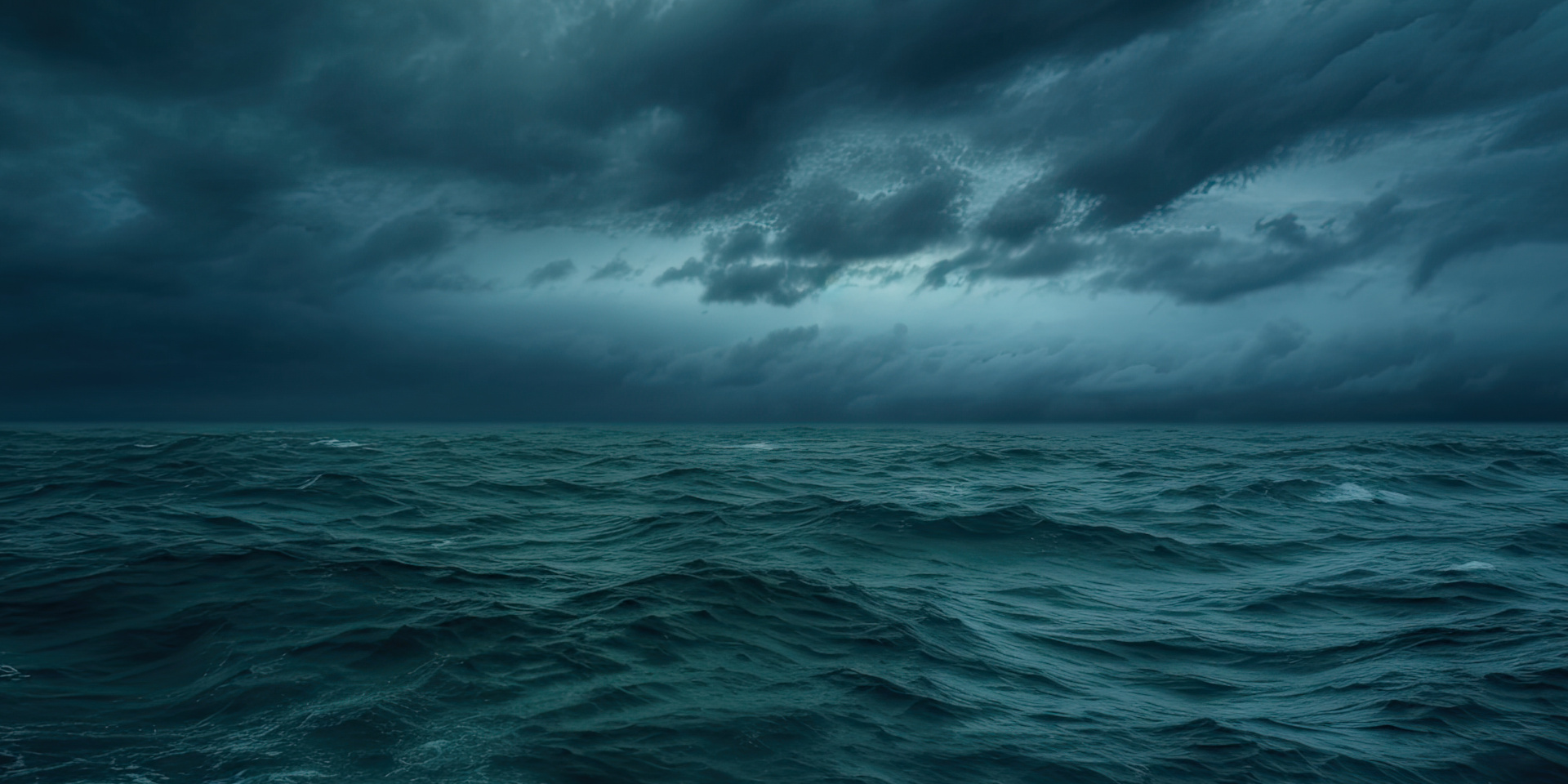Storm Claudia: Why names matter when weather turns wild
When severe weather approaches, clear communication is essential.
When severe weather approaches, clear communication is essential. That’s why the Met Office, alongside our partners, names storms that are likely to have a significant impact on the UK and surrounding regions.
But sometimes, a storm arrives with a name we didn’t choose. Storm Claudia is a perfect example: named by the Spanish Meteorological Service, Claudia has brought impactful rain and amber warnings to parts of England and Wales. So why did we stick with the name Claudia, and how does the storm naming process work?
Why Storm Claudia kept her name
Storm Claudia was not named by the Met Office, but by the Spanish Meteorological Service, due to ongoing impacts in the Canary Islands. Spain is not part of the Met Office’s storm naming group, which includes Ireland and the Netherlands.
However, Claudia’s weather system was set to affect the UK, bringing heavy rain and prompting amber warnings for southern and central England and Wales. In these situations, the Met Office adopts the name already in use by another meteorological agency to avoid confusion and ensure consistent messaging across borders.
This approach is rooted in the principle of clarity. Severe weather doesn’t respect national boundaries, and the public, media, and emergency services benefit from a single, recognisable name for a storm. By using the name Claudia, we help everyone stay informed and prepared, even though the system itself will largely remain to the west of the UK and not directly across the country.
The process of naming storms
Storm naming is not a solitary endeavour. The Met Office works in partnership with Met Éireann (Ireland) and KNMI (the Netherlands) to create an annual list of storm names. This list is developed through public suggestions and input from our partners, ensuring a diverse range of names that reflect the communities we serve.
Each year, members of the public are invited to submit name ideas, which are then reviewed by a dedicated group. Not every suggestion makes the final list. Several criteria are considered to ensure names are suitable for use in weather communications:
- Pronunciation: Names must be easy to say and understand, though some may be unfamiliar due to the involvement of partners from Northern Ireland and the Netherlands.
- Meaning: Names are checked for different meanings in different countries to avoid confusion or unintended associations.
- Sensitivity: Names linked to significant public figures, controversial topics, or politics are avoided.
- Retired names: Any name previously retired as a hurricane name will not be reused.
- Impartiality: Storms are never named after private companies or brands.
- Suitability: The frequency of a name’s submission does not influence its selection; suitability is paramount.
When are new storm names announced?
Since the launch of the ‘Name our Storms’ initiative in 2015, a new list of names is published each September. This covers the period from early September to late August the following year, aligning with the seasonal increase in low-pressure systems and the potential for named storms. The latest list is revealed on 1 September, ready for the autumn and winter weather season.
Why do we name storms?
The primary reason for naming storms is to provide a consistent and authoritative message about approaching severe weather. A single, recognisable name helps communication through media partners and government agencies, making it easier for the public to understand the risks, take appropriate action, and keep themselves, their property, and their businesses safe.
When is a storm named?
In the UK, a storm is named when it is expected to cause disruption or damage significant enough to warrant an amber or red warning. This decision is based on the National Severe Weather Warnings service, which considers both the potential impact and the likelihood of those impacts occurring.
While storms are most often named due to the threat of strong winds, other weather types are also considered. Heavy rain, as with Storm Claudia, or significant snowfall may also prompt the naming of a storm, especially when agencies such as the Environment Agency, SEPA, and Natural Resources Wales advise of potential flooding.
Why consistency matters
By adopting the name Claudia, the Met Office ensures that everyone receives the same message about the risks posed by this weather system. Consistency in storm naming is vital for public safety, helping people to recognise warnings, follow advice, and prepare for severe weather. It also supports emergency services and media partners in delivering clear, unified information.
Storm Claudia may not have been named by the Met Office, but by keeping her name, we prioritise clarity and safety for all. The process of naming storms is collaborative, inclusive, and designed to serve the public. Whether a storm is named by us or by another agency, the goal remains the same: to help everyone stay safe when weather turns wild.






